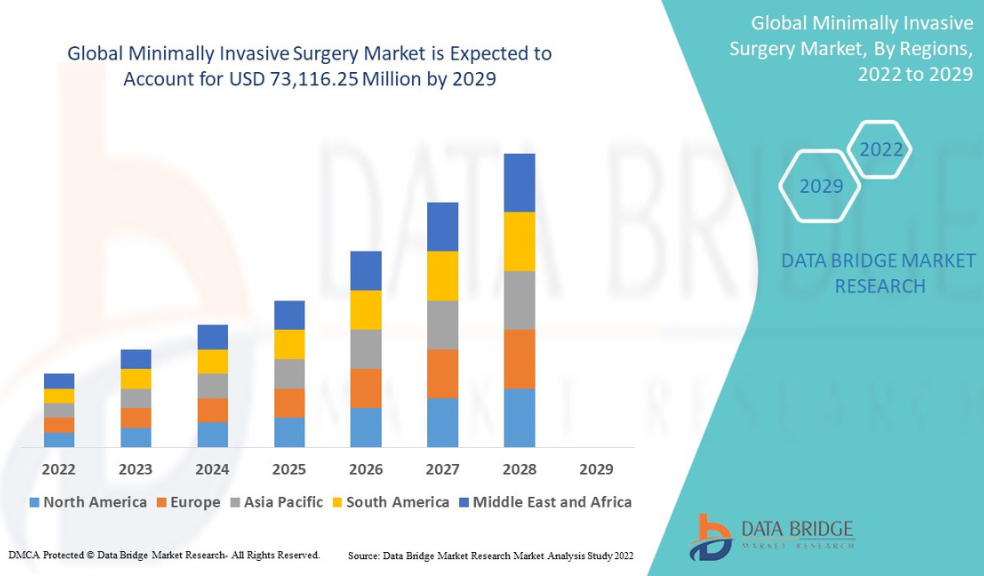
How Minimally Invasive Surgery Is Changing Modern Healthcare
- Book My Author
- Health
- 2025-09-18 15:15:35
- 712K
Introduction
Over the past few decades, the field of medicine has undergone extraordinary transformations. Among the most revolutionary changes is the widespread adoption of minimally invasive surgery (MIS). Once, surgery almost always meant large incisions, extended hospital stays, and lengthy recovery times. Today, however, advanced technologies and innovative surgical techniques have redefined what it means to operate. Minimally invasive surgery has not only reduced patient trauma but has also reshaped the way healthcare systems function, offering significant benefits for patients, doctors, and institutions alike.
Definition
Minimally Invasive Surgery (MIS) is a surgical technique that uses small incisions, specialized instruments, and advanced imaging technologies to perform procedures with minimal damage to surrounding tissues. Compared to traditional open surgery, MIS typically results in less pain, reduced blood loss, shorter hospital stays, faster recovery, and smaller scars, while maintaining the effectiveness and safety of the treatment.
What Is Minimally Invasive Surgery?
Minimally invasive surgery refers to surgical procedures performed through small incisions or natural body openings rather than large cuts. Unlike traditional open surgeries, which often require extensive cutting to access internal organs, MIS uses specialized tools such as endoscopes, laparoscopes, and robotic-assisted devices. These instruments are designed to provide surgeons with high-definition, magnified views of the operating field, enabling precise movements through tiny incisions.
Examples of minimally invasive techniques include:
- Laparoscopic surgery for gallbladder removal, hernia repair, or gynecological procedures.
- Endoscopic surgery for digestive tract issues.
- Arthroscopy for joint problems.
- Robotic-assisted surgery, such as the da Vinci system, which provides surgeons with enhanced dexterity and visualization.
The result is reduced physical trauma to patients, faster recovery, and fewer complications compared to traditional open surgery.
The Key Advantages of Minimally Invasive Surgery
The growing popularity of MIS is no accident. Its benefits extend beyond just the patients—it positively impacts surgeons, healthcare systems, and even society at large.
1. Faster Recovery and Reduced Hospital Stays
Because minimally invasive surgery uses smaller incisions, patients typically experience less tissue damage, bleeding, and scarring. This translates to quicker recovery times. In many cases, patients who once would have required a week or more in the hospital can now return home within a day or two.
2. Lower Risk of Complications
Smaller incisions mean lower chances of infection and reduced blood loss. Patients undergoing MIS are less likely to develop postoperative complications such as pneumonia or wound infections, improving overall outcomes.
3. Less Pain and Minimal Scarring
Traditional surgeries often leave noticeable scars and require heavy pain management. With MIS, patients usually report less pain and discomfort, which reduces the need for strong painkillers and speeds up rehabilitation.
4. Cost Savings for Healthcare Systems
Although MIS equipment can be expensive, the long-term savings are significant. Shorter hospital stays, fewer readmissions, and reduced use of resources such as antibiotics and pain medications all contribute to lowering overall healthcare costs.
5. Improved Quality of Life for Patients
Perhaps the most significant benefit is how MIS improves patients’ lives. The ability to return to daily activities faster, with less pain and fewer visible scars, has a tremendous impact on quality of life. For working individuals, this also means less time away from their jobs, which benefits the economy.
The Technology Behind Minimally Invasive Surgery
The evolution of MIS has been made possible through rapid advances in medical technology. Some of the most influential innovations include:
High-Definition Imaging:
Modern MIS relies on laparoscopes and endoscopes equipped with tiny cameras that transmit high-resolution images to a monitor. Surgeons can see detailed, magnified views of internal structures, making precise movements possible.
Robotics and Artificial Intelligence:
Robotic-assisted surgery has brought unparalleled precision to operating rooms. Systems such as the da Vinci Surgical System allow surgeons to control robotic arms with extreme accuracy, reducing hand tremors and enabling procedures that would be nearly impossible with human hands alone. Increasingly, artificial intelligence (AI) is being integrated to assist with decision-making, error reduction, and real-time guidance.
Advanced Surgical Instruments:
Miniaturized instruments have been designed to fit through small incisions while still being strong enough to cut, stitch, and cauterize tissue effectively. Some even integrate energy sources like lasers or ultrasound to reduce bleeding.
3D and Augmented Reality (AR) Visualization:
Cutting-edge visualization tools, including 3D imaging and AR overlays, give surgeons a better sense of depth and anatomy during procedures. This leads to improved accuracy, particularly in complex surgeries such as neurosurgery or cardiovascular operations.
Remote Surgery and Telemedicine:
The combination of robotics and high-speed internet has made telesurgery a possibility. Surgeons in one part of the world can operate on patients thousands of miles away, offering access to top-tier surgical expertise in remote or underserved areas.
Applications Across Medical Fields
Minimally invasive techniques are no longer confined to a few specialties—they are now used in nearly every field of medicine.
- General Surgery: Appendectomies, gallbladder removals, and hernia repairs are commonly performed laparoscopically.
- Gynecology: Hysterectomies, treatment of endometriosis, and fertility-related procedures often rely on MIS.
- Orthopedics: Arthroscopy is widely used to treat knee, shoulder, and hip problems.
- Cardiology: Minimally invasive valve repairs and catheter-based procedures are revolutionizing heart surgery.
- Neurosurgery: Endoscopic techniques are increasingly being applied to brain and spine surgeries.
- Oncology: Cancer surgeries now often integrate MIS, enabling tumor removal with less trauma to the patient.
The versatility of MIS continues to expand, making it a universal tool in modern healthcare.
Challenges and Limitations
Despite its many advantages, minimally invasive surgery also faces several challenges:
- High Costs of Equipment – Robotic systems and advanced imaging technologies are expensive, making them less accessible in low-income regions.
- Steep Learning Curve – Surgeons must undergo extensive training to master these techniques, which can delay widespread adoption.
- Technical Limitations – Some complex cases may still require open surgery due to limitations in visualization or instrument maneuverability.
- Risk of Overuse – There is concern that MIS may be recommended in cases where traditional surgery or non-surgical treatments would be equally effective, driven by technology availability or financial incentives.
Addressing these challenges is crucial for ensuring equitable access and responsible use of MIS in global healthcare.
The Future of Minimally Invasive Surgery
The trajectory of minimally invasive surgery suggests even greater transformations are on the horizon. Emerging trends include:
- AI-Powered Surgery: Artificial intelligence will continue to support decision-making, providing real-time guidance, detecting potential errors, and even automating parts of procedures.
- Nanotechnology: Researchers are exploring the use of nano-sized surgical tools for unprecedented precision in delicate tissues.
- Personalized Surgery: Combining MIS with genomics and advanced imaging could allow for customized surgical plans tailored to each patient’s anatomy and health profile.
- Expanded Global Access: As costs decline and training becomes more accessible, minimally invasive surgery is likely to reach underserved regions, improving global health equity.
- Integration with Regenerative Medicine: MIS may play a crucial role in implanting bioengineered tissues and organs, advancing possibilities for organ replacement and repair.
Growth Rate of Minimally Invasive Surgery Market
According to Data Bridge Market Research, the minimally invasive surgery market was estimated to be worth USD 47.45 billion in 2024 and is expected to grow at a compound annual growth rate (CAGR) of 8.31% from 2025 to 2032, reaching USD 89.86 billion.
Learn More: https://www.databridgemarketresearch.com/reports/global-minimally-invasive-surgery-market
Conclusion
Minimally invasive surgery represents one of the most significant medical advances of our time. By reducing trauma, improving recovery, and enabling precision like never before, it is changing the face of modern healthcare. While challenges such as costs and training remain, ongoing technological innovations promise to make MIS safer, more efficient, and more accessible to people worldwide.










